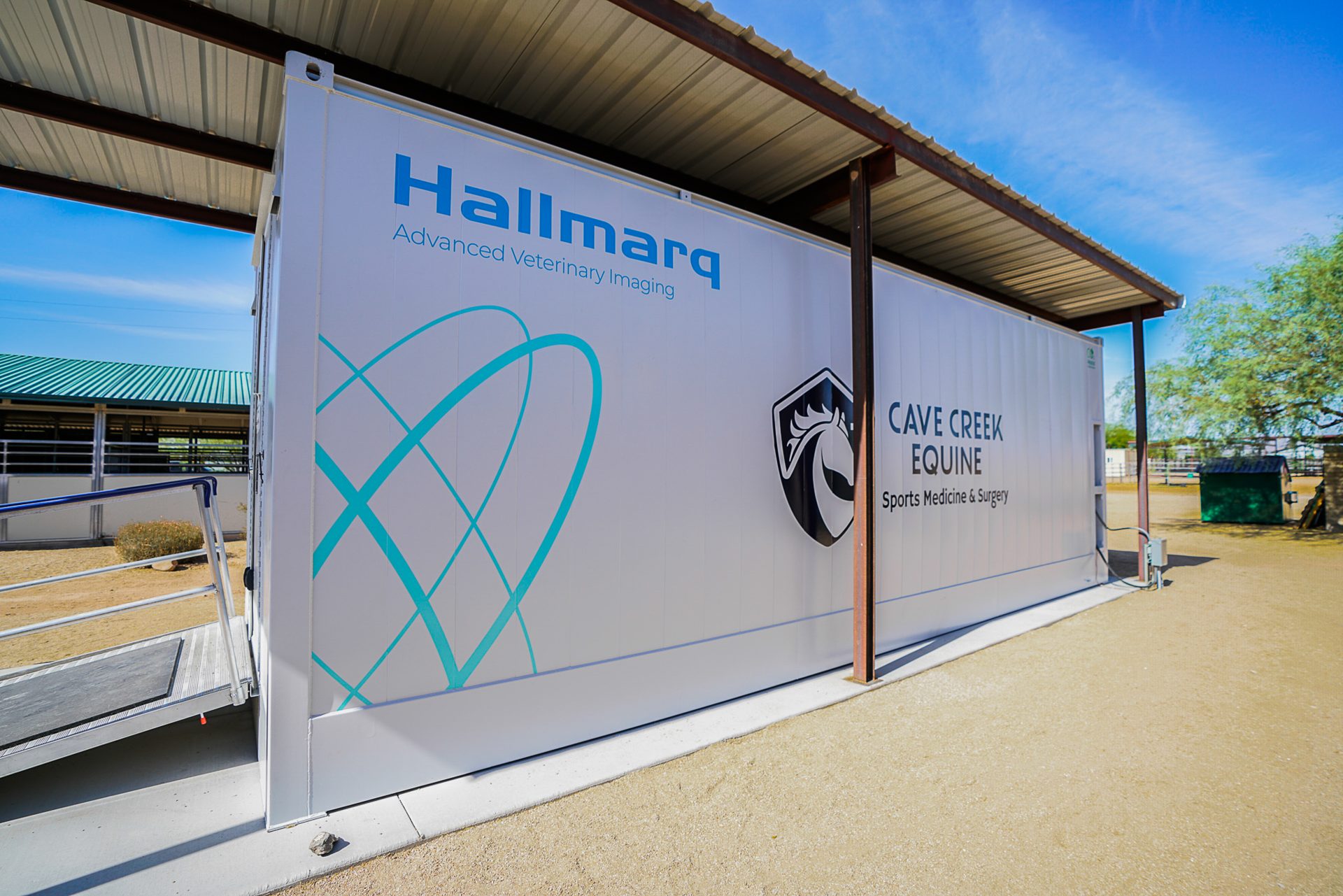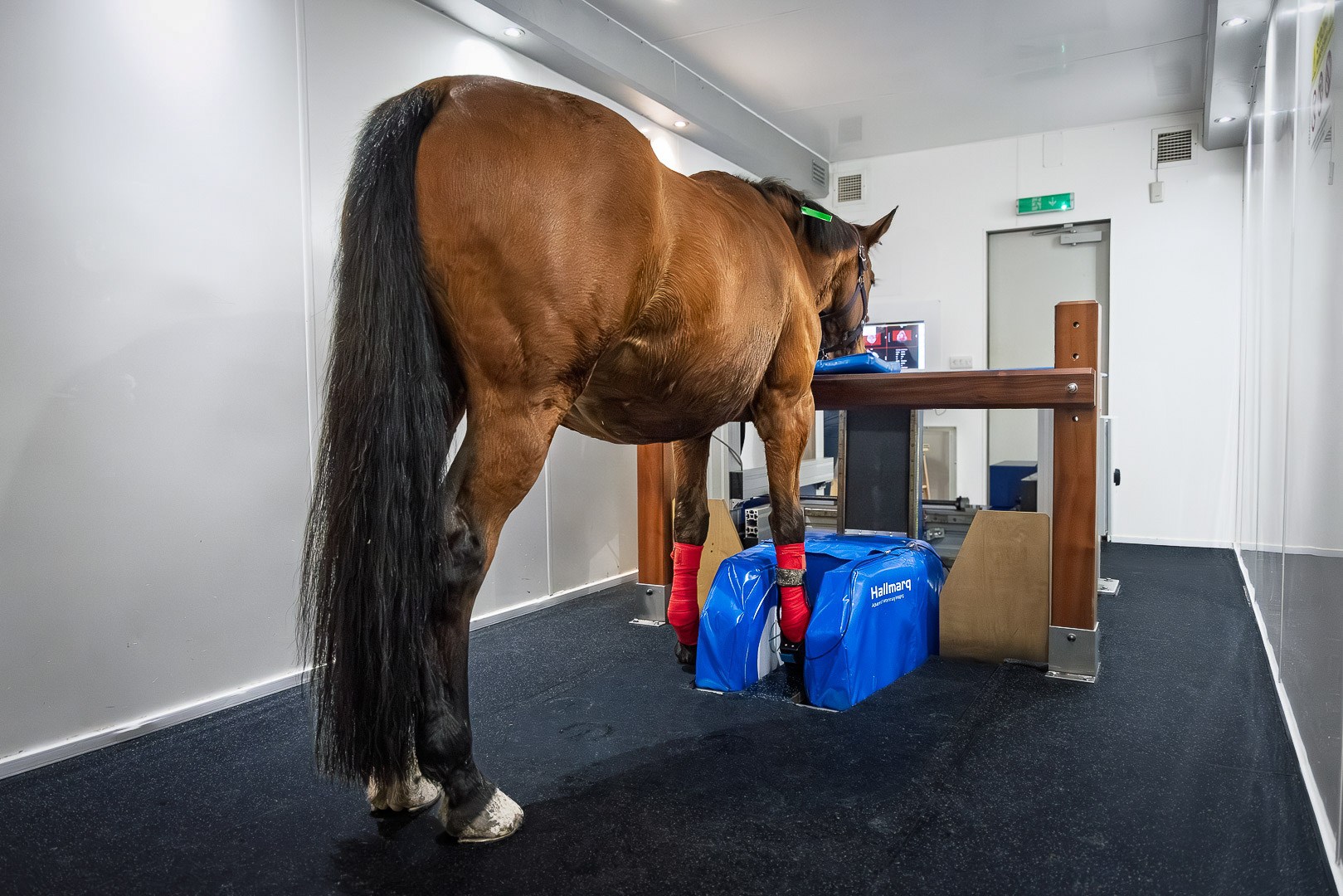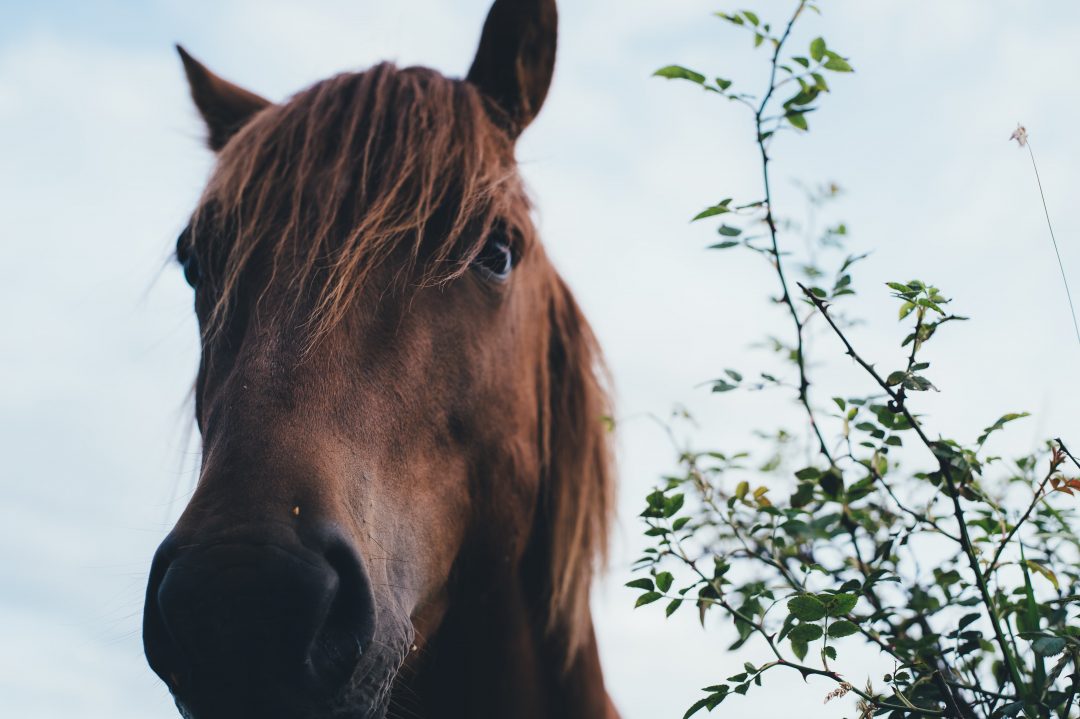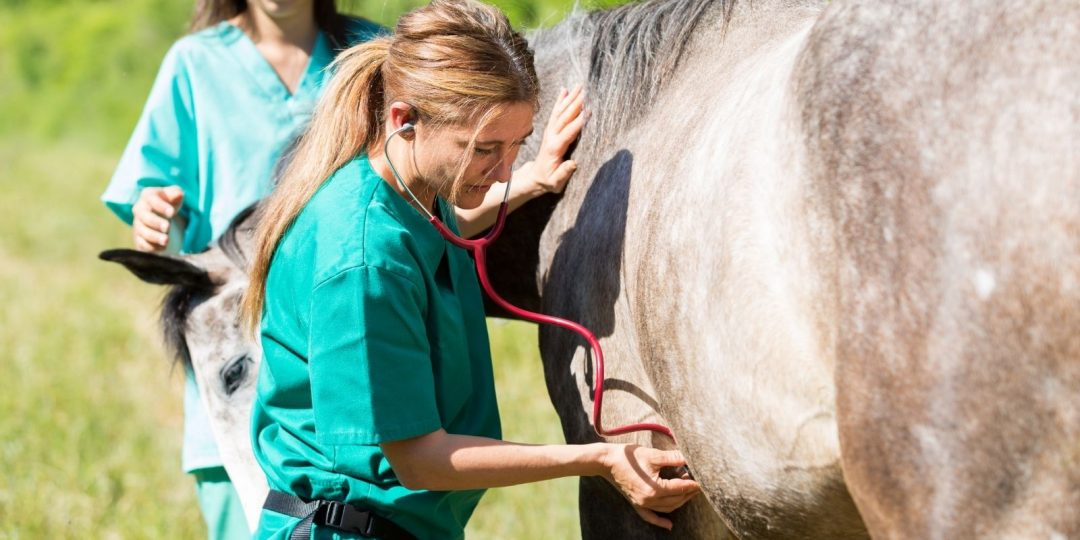Sports medicine is a well-established human medical discipline from which many athletes and weekend warriors benefit. But a growing trend is emerging in Arizona: veterinary sports medicine for horses.
Phoenix-based Cave Creek Equine Sports Medicine and Surgery is amongst the leaders in veterinary sports medicine, offering horse-owners speciality vet care for injuries associated with many equine disciplines including the western performance industry, show jumping, dressage, racing and polo.
A unique team:
With the only board-certified Sports Medicine and Rehabilitation practitioners in the state, the practice has three veterinarians uniquely experienced to offer the gold-standard in lameness diagnosis and between them, they share impressive credentials:
- Dr. Martin Vidal, BVSc, MS, PhD, DACVS, DACVSMR is Board-certified in Equine Surgery as well as Board-certified in Equine Sports Medicine and Rehabilitation
- Dr. Lea Walker, DVM, DACVSMR is Board-certified in Sports Medicine and Rehabilitation (Diplomate ACVSMR)
- Dr. Fabio Aristizabal, DVM, MS, DACVS is a Board-certified Equine Surgery Specialist and Diplomate of the American College of Veterinary Surgeons
As Dr. Walker explains, “The American College of Veterinary Sports Medicine and Rehabilitation’s focus is everything including the workup through treatments and rehabilitation to get the horse back to its original form and sport. Accurate diagnosis is key to that process”.
Introducing unique technology:
With special horses comes the need for unique technology to diagnose and pinpoint problems. Cave Creek Equine recently purchased a Standing Equine MRI system from Hallmarq Veterinary Imaging to complement its other lameness diagnostic tools. Diagnostic in over 90% of lameness cases, this gold-standard modality aids informed treatment decisions to provide owners more definitive information on prognosis and their horse’s ability to return to work.
Dr Walker, who has previous experience working with the Hallmarq standing MRI system, joined Cave Creek Equine to add her expertise to the practice:
“I started working with Hallmarq’s Standing Equine MRI back in 2008 and came to appreciate the ease of use and safety aspects of the system. In addition, Hallmarq offers a modular installation option; we were able to drop in a completed system, set it on a concrete slab, connect to Internet and power – and start scanning immediately. We did at least two MRIs every day for the first two weeks. It was nice knowing that the second it hit the ground, we were able to get good diagnostic quality images from the outset.”
Walker added, “For us, the most important reason why Cave Creek is specialised more so than others, is that we are able to diagnose some of the more complicated problems with the diagnostic tools we have, including nuclear scintigraphy (bone scan) and dynamic endoscopy, in addition to the standing MRI and others”.
Combining knowledge and expertise:
Dr Vidal stressed the importance of combining the knowledge of equine sports medicine with the familiarity and expertise in acquiring MRI images, and the use of MRI technology, as a crucial modality to provide better outcomes for horse owners.
“Every sport has different demands. Having specialised training and experience helps the challenging process of detecting subtle nuances in each equine athlete. Each equestrian discipline places different demands on the horse’s body” said Dr Vidal. “These horses suffer different types and frequencies of injuries in certain regions of limbs, like the carpus and fetlock, particularly prone to injury in racehorses for example, whereas the hoof, coffin joint and navicular region, are ubiquitously affected, regardless of the discipline.”
“It is very important for a sports medicine practice to have solid, high-quality imaging. Cave Creek Equine has been a leader in MRI imaging for many years throughout the valley. Now, with the addition of the Hallmarq standing MRI, the quality of the standing images that we’ve produced since Lea joined the team are in line with the exceptional quality of the other imaging we currently offer. The exceptional image quality produced by our practice has been recognized by the radiology community which routinely review and interpret our MRI images.”
Walker states, “Hallmarq’s Standing MRI provides us with a unique modality which benefits both the practice and the horse owner and most importantly, the horse.”
- MRI can show problems that are not visible with any other imaging method and is highly valuable at detecting injuries at an earlier stage.
- Standing MRI only requires the patient to have very light sedation, there is no anaesthesia required. This reduces risk of injury and in certain cases may make it easier for a client to say “yes” than to the conventional ‘down’ MRI, which Cave Creek Equine has been using for years.
- MRI involves no radiation, unlike CT, bone scan or radiography.
Ensuring Patient Safety:
Dr Walker agrees that one of the big selling points of the Hallmarq Standing Equine MRI is that it allows for the horse to be diagnosed without anaesthesia and is therefore without risk to the patient.
“There was a 2020 study by Byrne and coworkers in the Equine Veterinary Journal*, which compared the quality and diagnostic capability of a standing low-field versus an anaesthetised low-field system, and those results give me the confidence to say that the images we get from the Hallmarq system are of comparable quality to the already existing ‘down’ MRI. Because we don’t need to anaesthetise the horse, some horse owners may prefer this method.”
She also noted that the exceptional support received from the Hallmarq team throughout the process is unmatched by other suppliers, in her experience.
“Hallmarq stands by their customers with their Q-Care programme, and they go way beyond just supplying a good product.”
*Byrne CA, Marshall JF, Voute LC. Equine Veterinary Journal July 2020; DOI: 10.1111/evj.13330







